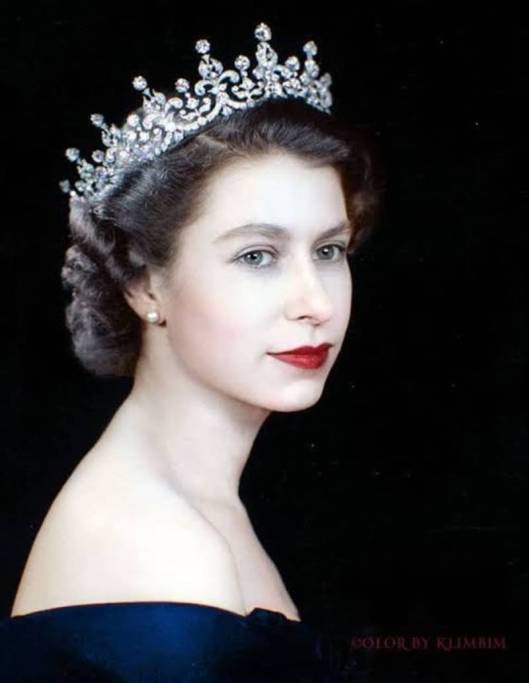Tags
Exclusion Bill, Henrietta Maria de Bourbon of France, King Charles II of England, King Henry IV of France, King James II-VII of England and Scotland, Maria de Medici, Prince of Orange, Princess Mary of England, Princess of Orange, Scotland, Stadtholder of the Netherlands, William II of Orange, William of Orange
Princess Mary of England and Scotland, was born at St James’s Palace in London on April 30, 1662, and she was the eldest daughter of Prince James, the Duke of York (the future King James II-VII of England, Scotland and Ireland), and his first wife, Anne Hyde.
Mary’s uncle was King Charles II of England, Scotland and Ireland; her maternal grandfather, Edward Hyde, 1st Earl of Clarendon, served for a lengthy period as King Charles II’s chief advisor. She was baptised into the Anglican faith in the Chapel Royal at St James’s, and was named after her ancestor, Mary I, Queen of Scots.
Willem III (November 4, 1650 – March 8, 1702) was the sovereign Prince of Orange from birth, Stadtholder of Holland, Zeeland, Utrecht, Guelders, and Overijssel in the Dutch Republic from the 1670s, and King William III of England, Ireland, and Scotland from 1689 until his death in 1702. As King of Scotland, he is known as William II. He ruled Britain and Ireland alongside his wife, Queen Mary II, and their joint reign is known as that of William and Mary.
Willem was the only child of Willem II, Prince of Orange, and Mary, Princess Royal, the daughter of King Charles I of England, Scotland, and Ireland and his wife Princess Henrietta Maria de Bourbon of France the daughter of King Henri IV of France and Navarre and Maria de Medici. His father died a week before his birth, making Willem III the Prince of Orange from birth.
During the war with France, Willem III tried to improve his position by marrying. Prince Willem III desired to marry , in 1677, his first cousin Princess Mary of England and Scotland, elder surviving daughter of the Duke of York, later King James II of England (James VII of Scotland). Mary was eleven years his junior and Willem III believed that marrying her would increase his chances of succeeding to Charles’s kingdoms, and would draw England’s monarch away from his pro-French policies.
When Princess Mary of England became betrothed to her cousin, Prince Willem III of Orange, he was 26 and she was the age of fifteen. At first, King Charles II opposed the alliance with the Dutch ruler—he preferred that Mary wed the heir to the French throne, the Grand Dauphin Louis de Bourbon of France the eldest son and heir apparent of King Louis XIV and his spouse, Infanta Maria Theresa of Spain.
King Charles II believed a marriage between Mary and Louis would ally his realms with Catholic France and strengthening the odds of an eventual Catholic successor in Britain—but later, under pressure from Parliament and with a coalition with the Catholic French no longer politically favourable, he approved the proposed union.
Mary’s father, Prince James, the Duke of York, agreed to the marriage, after pressure from chief minister Lord Danby and the King, who incorrectly assumed that it would improve James’s popularity among Protestants. When James, Duke of York told Mary that she was to marry her cousin, “she wept all that afternoon and all the following day”.
Marriage
Prince Willem III and a tearful Princess Mary were married in St James’s Palace by Bishop Henry Compton on November 4, 1677, the Prince of Oranges birthday. The bedding ceremony to publicly establish the consummation of the marriage was attended by the royal family, with her uncle the King himself drawing the bed curtains.
Mary accompanied her husband on a rough sea crossing to the Netherlands later that month, after a delay of two weeks caused by bad weather. Rotterdam was inaccessible because of ice, and they were forced to land at the small village of Ter Heijde, and walk through the frosty countryside until met by coaches to take them to Huis Honselaarsdijk. On December 14, they made a formal entry to The Hague in a grand procession.
After his marriage Prince Willem became a strong candidate for the English throne should his father-in-law (and uncle) Prince James be excluded because of his Catholicism.
During the crisis concerning the Exclusion Bill in 1680, Charles at first invited Willem to come to England to bolster the king’s position against the exclusionists, then withdrew his invitation—after which Lord Sunderland also tried unsuccessfully to bring Willem over, but now to put pressure on Charles.
Nevertheless, Willem secretly induced the States General to send Charles the “Insinuation”, a plea beseeching the king to prevent any Catholics from succeeding him, without explicitly naming James. After receiving indignant reactions from Charles and James, Willem denied any involvement.

















